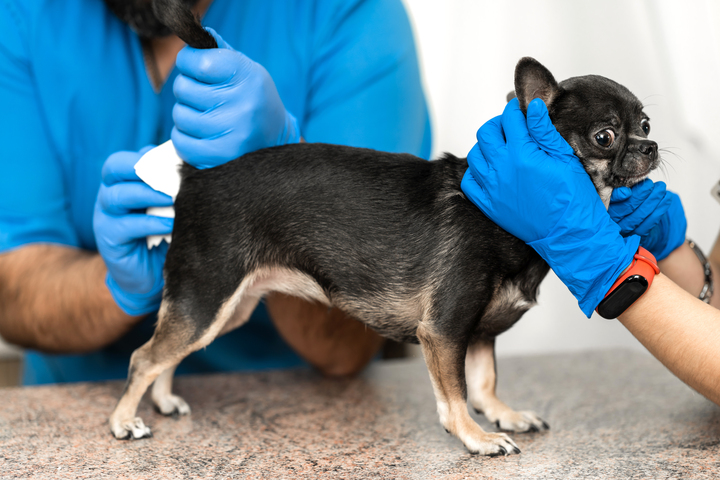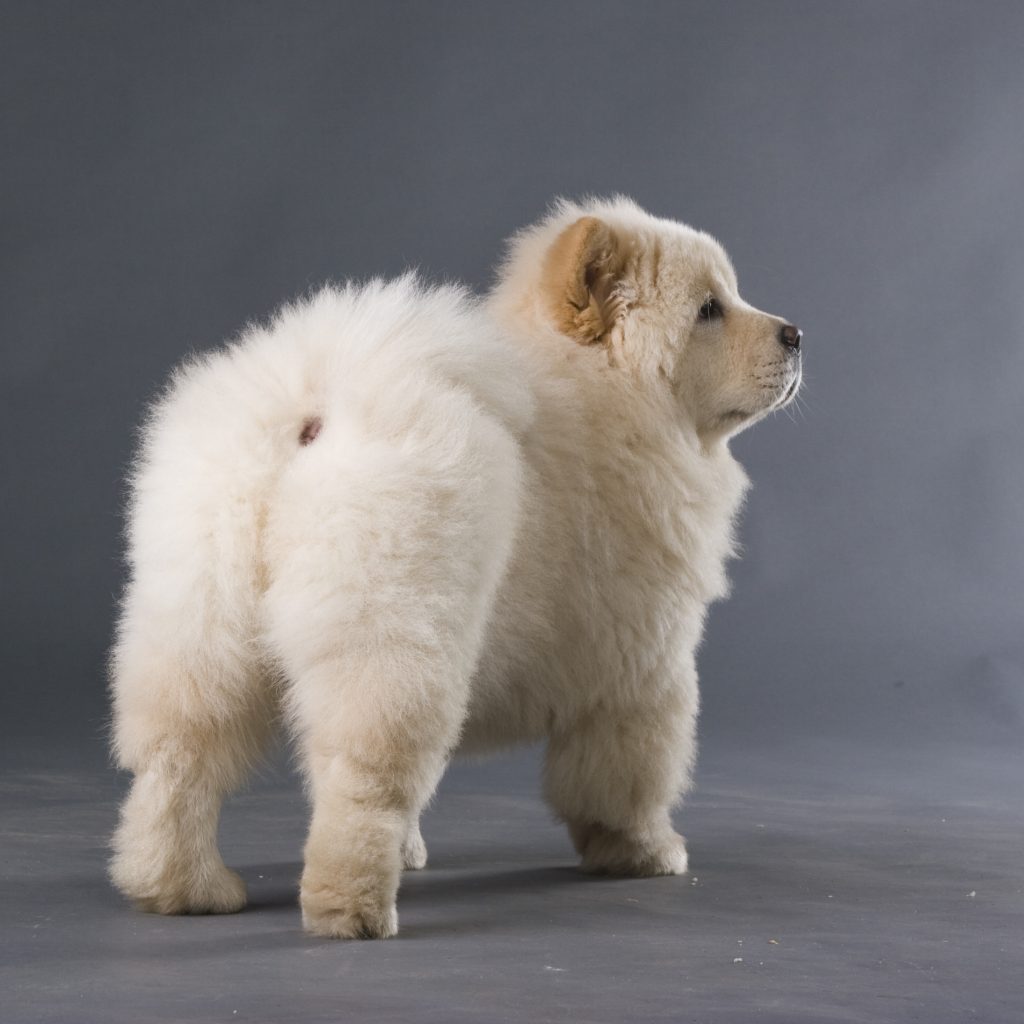Posts Tagged: Anal Sacs
Ins and Outs of Anal Sacs

Does your dog regularly scoot its cute backside across the living room floor?
Do you occasionally notice an unpleasant, musky odor in the air or spot a brown streak on the carpet?
Have you noticed your pet obsessively licking its rear end?
If you’ve answered “yes” to any of these questions, your pet’s anal sacs may be to blame.
While not the most exciting topic, knowing what the anal sacs are and how to properly care for them is an important component of your pet’s care.
Continue…Beware of the Scoot: All You Ever Wanted to Know about Anal Sacs in Pets
 You probably weren’t thrilled when your pet did the “Boot Scootin’ Boogie” across the carpet, just as you were serving the main course to your boss who happened to be over for dinner that evening. Your pet’s timely scoot is more than just an embarrassing situation, however, and may be an indication that he or she is having anal sac issues.
You probably weren’t thrilled when your pet did the “Boot Scootin’ Boogie” across the carpet, just as you were serving the main course to your boss who happened to be over for dinner that evening. Your pet’s timely scoot is more than just an embarrassing situation, however, and may be an indication that he or she is having anal sac issues.
Anal sacs in pets are an important part of the anatomy, and must be functioning for your pet’s comfort and safety. Even if your pet has never had issues in this particular area, knowing how to care for the anal sacs is an important component of responsible pet ownership.
What Are Anal Sacs in Pets?
Anal sacs, also sometimes called anal glands, are two small, bag-like structures located just inside the rectum in both dogs and cats. These little pockets are lined with glands that produce a strongly scented fluid. Normally, as a dog or cat defecates, the fluid contained inside the sacs is transferred to the stool.



